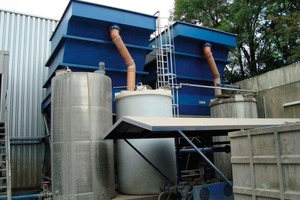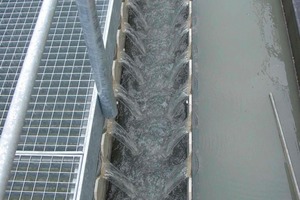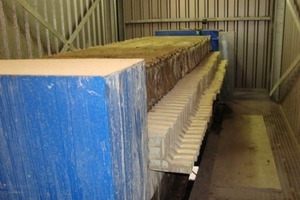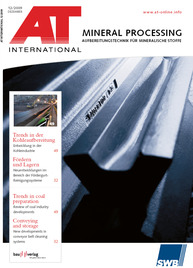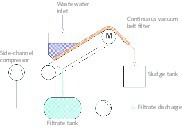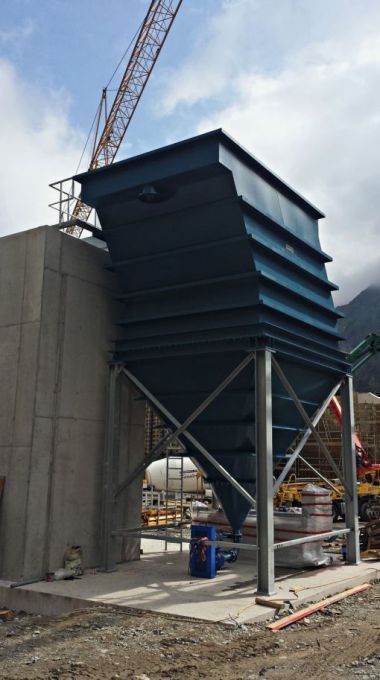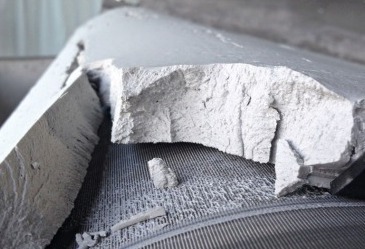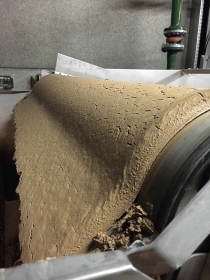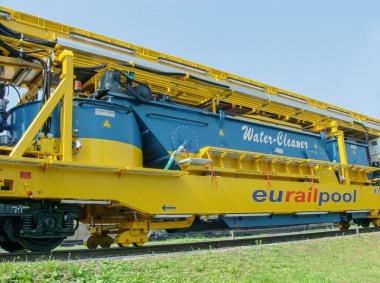Washing water treatment at a recycling company
SIMS|M+R GmbH specializes in recycling scrap electronics and in processing materials containing NF metals. It recovers unmixed metals, mainly including aluminium and copper as well as any precious metals, such as gold, silver, palladium and platinum, contained. The main customers are European aluminium and copper smelting works. During the processing of FeSi slag, waste water is produced which is laden with ultrafine, silty particles. The water must be purified and the particles removed so that it can be reused in a closed circuit.
To solve this problem, the waste water centrally collected from the different washing stages is sent by means of an armour-plated centrifugal pump to the lamella separator supplied by Leiblein (Fig. 1). To promote sedimentation, a flocculant can be optionally added upstream of the lamella separator. A static mixer is used to optimally mix the flocculant into the water stream. The sediment is removed with a sludge pump and fed to a chamber press for further dewatering. Scrapers are used for homogenization and levelling of the sediment. In addition, sludge removal is monitored with a sludge level measurement based on the vibrating fork principle. The cleaned water flows in freefall into a clean water tank and is returned to the processing plant from here (Fig. 2). Here any water losses are made up with the addition of fresh water. Installed here were two LEIBLEIN SK 200/K lamella separators, for which set-up area of around 5 x 8 m was needed. The separator is designed to handle a throughput rate of around 260 m³/h water. Besides the limited space requirement, the minimized use of flocculants is another advantage: compared to a circular thickener, an around 30-% reduction in flocculant consumption can be expected. For some substances, it is not necessary to use any flocculants at all.
The sediment should be thickened as far as possible in the lamella separator. Ideally the sludge should have a paste-like consistency. Here, however, a compromise had to be found
– between the highest possible sludge density and a nevertheless pumpable material. In the application described here, the consistency of the sediment is adjusted to the requirements of the downstream chamber presses.
A chamber press is used for sludge dewatering. Both sides of the chamber press plates are covered with filter cloth and combined to form a pack of plates. The pack of plates is pressed together between the head piece and the pressure piece, the filter cloth sealing the individual chambers at the outer edge. The parallel filter chambers are all connected with the sludge feed and filtrate discharge. During filtration filter cake is formed on both sides in the chamber. Filtration is complete as soon as the chamber is completely filled with cake. Then the plate pack is opened for emptying. The chamber plates are moved one after another, the filter cake falling out of the chambers each time. As soon as all chambers have been emptied, the pressure piece is used to press the plate pack together again and the filtration cycle either ends or starts up again.
Leiblein GmbH, Hardheim (D),
Tel.: +49 6283-2220-0, www.leiblein.de

